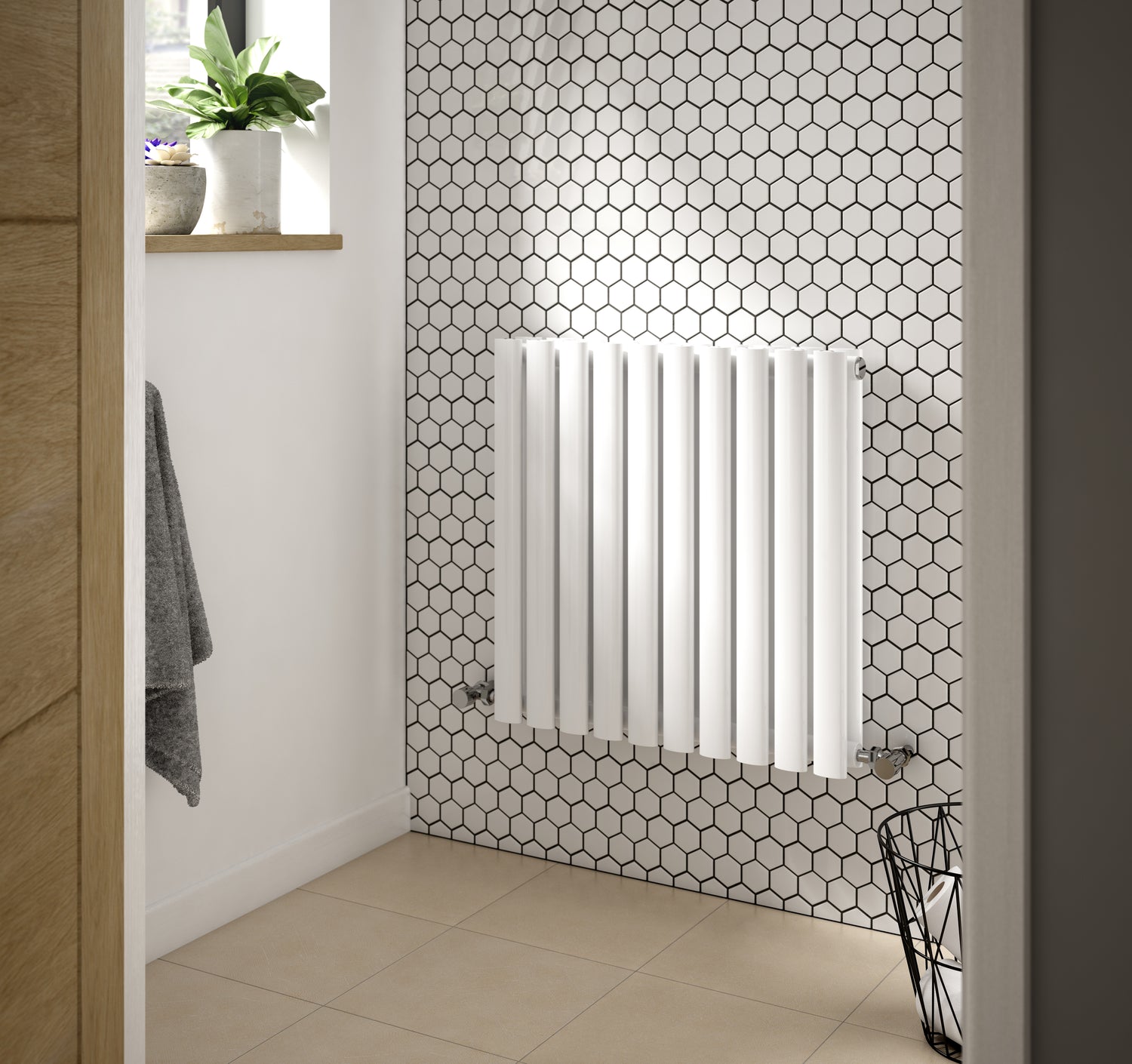
Frequently Asked Questions - Heating & Radiators

Q1: Where’s the best place to install my radiator?
A1: Traditionally placed under windows to combat cold drafts, radiators can now be installed almost anywhere, thanks to modern insulation. Choose a spot that suits your layout and design preferences.
Q2: What is a BTU?
A2: BTU (British Thermal Unit) measures the heat output of a radiator. Use it to determine how much heat is needed for your space. You can combine multiple radiators to meet your room's BTU requirements.
Q3: What kind of valve should I buy?
A3: Radiators require two valves:
- Thermostatic Valves: Self-regulate based on room temperature.
- Manual Valves: Manually adjusted like a tap.
Choose straight, angled, or corner valves depending on your pipe setup.
Q4: How do I maintain my radiators?
A4: Radiators may lose efficiency over time. Regular bleeding, checking for corrosion, and ensuring proper insulation can help.

Q5: How much heat will I need?
A5: Heat output varies by room size and purpose. Opt for a radiator with slightly higher output than needed—it can always be turned down.
Q6: What radiator designs offer the best heat output?
A6: Radiators with larger surface areas or multiple panels provide higher heat output. Painted finishes are generally more efficient than chrome. Vertical or horizontal designs offer flexibility to fit your space.
Q7: What is the standard radiator size in the UK?
A7: There’s no fixed size, but common horizontal radiators are about 600mm in height, with widths ranging from 500mm to 3000mm.
Q8: What is the difference between single and double radiators?
A8:
Single Radiators: Slim, with one panel, suitable for smaller spaces.
Double Radiators: Two panels for higher heat output, ideal for larger rooms.

Q9: What are the benefits of a solid fuel stove?
A9: Solid fuel stoves are 40–50% more efficient than open fires, reduce central heating costs, and maintain consistent heat. They’re especially effective for heating larger spaces.
Q10: What’s the difference between wood-burning and multi-fuel stoves?
A10: Wood-burning Stoves: Flat fuel beds for wood combustion.
Multi-fuel Stoves: Include grates for burning coal, smokeless fuels, or wood.
Q11: How do I maintain a wood-burning stove?
A11: Service your stove annually, ensuring the flue is swept and components like seals, firebricks, and gaskets are replaced as needed.
Q12: What fuels can I burn in a multi-fuel stove?
A12: Multi-fuel stoves can burn wood, coal, smokeless fuels, and peat. Always check manufacturer instructions to ensure compatibility.
Hudson Reed UK Brand film
How To Maintain A Cast Iron Fireplace
Carron ECO Stove 5kW Ash Grey Enamel
How To Fit Valves To A Cast Iron Radiator
Carron Cast Iron Radiators








